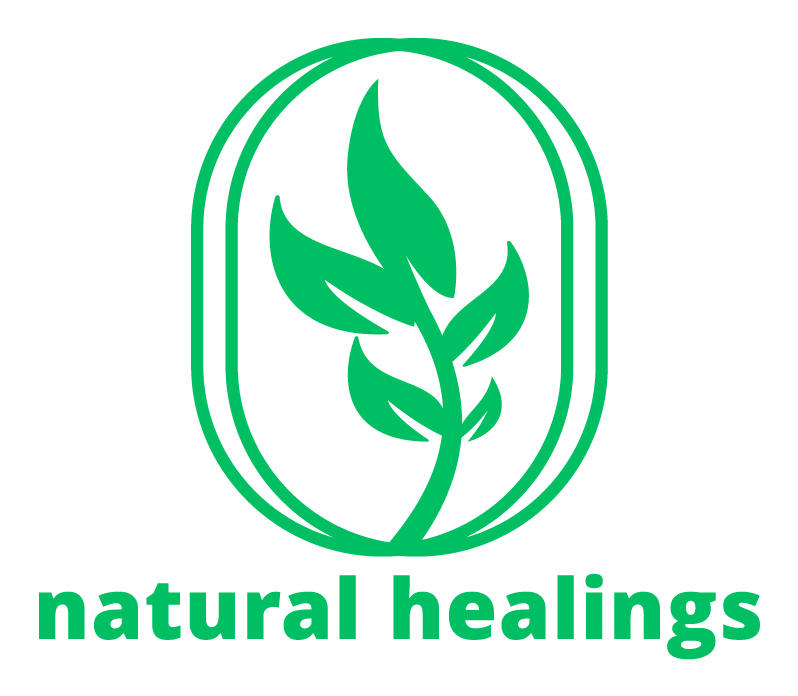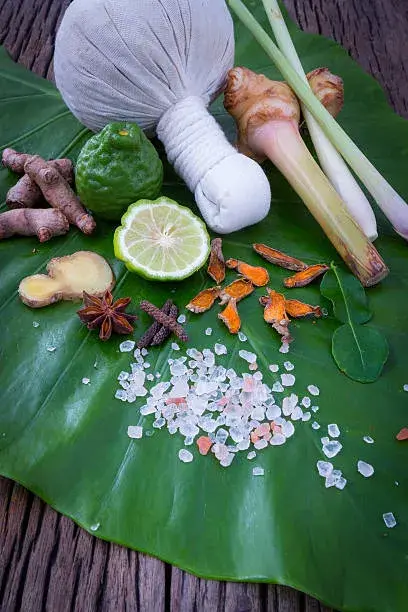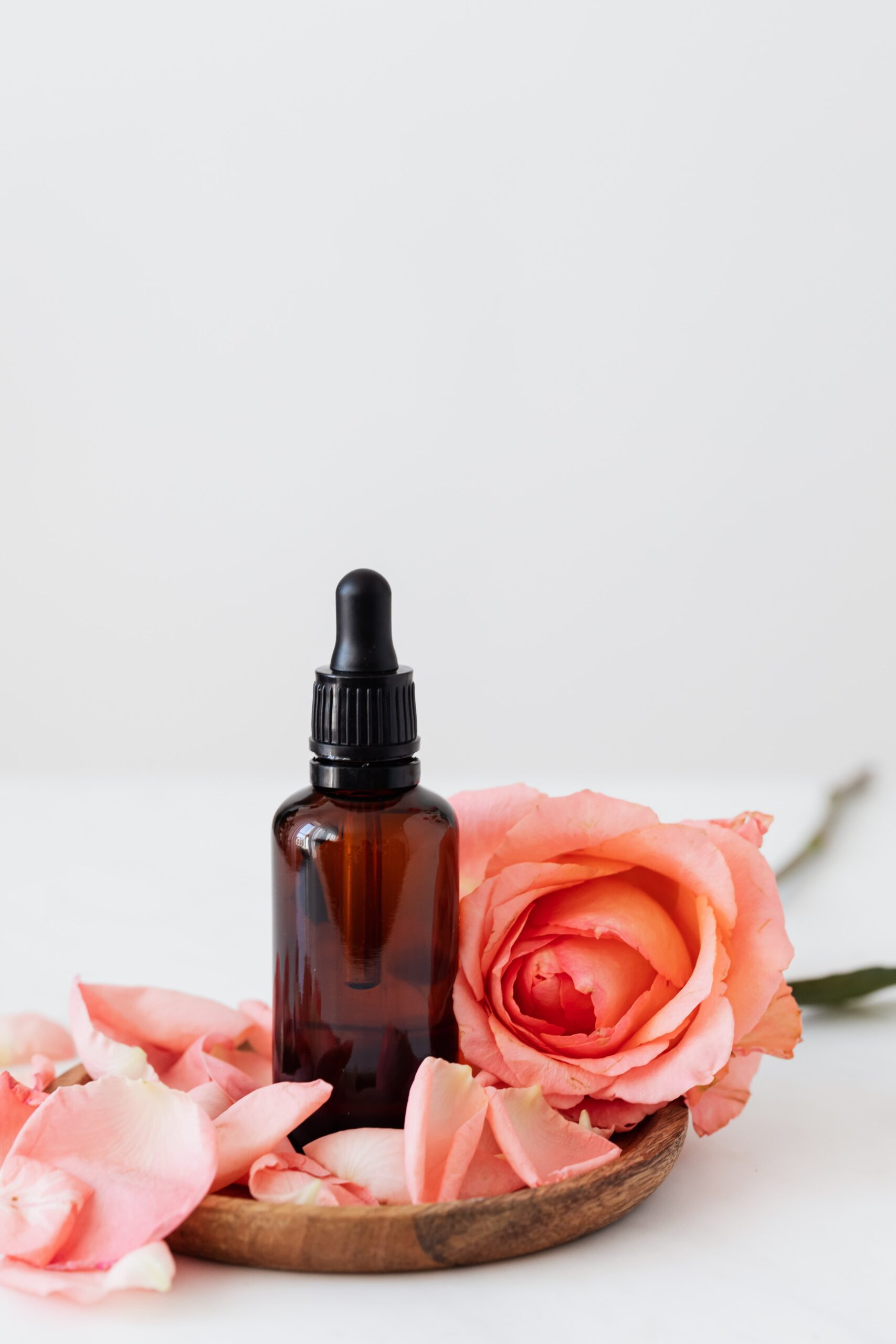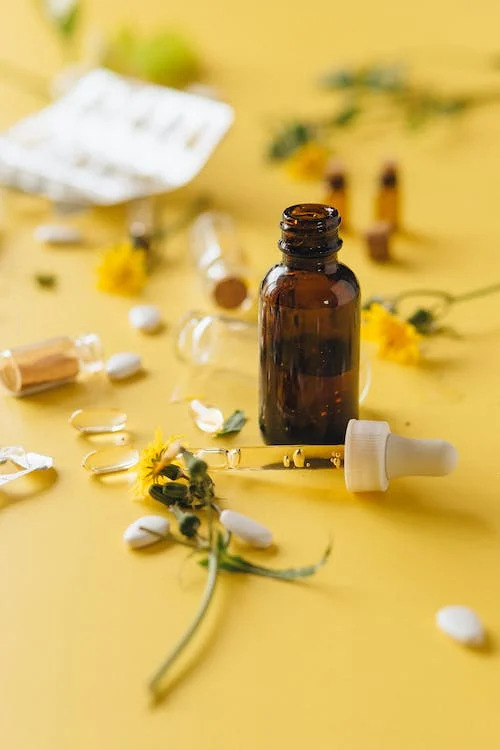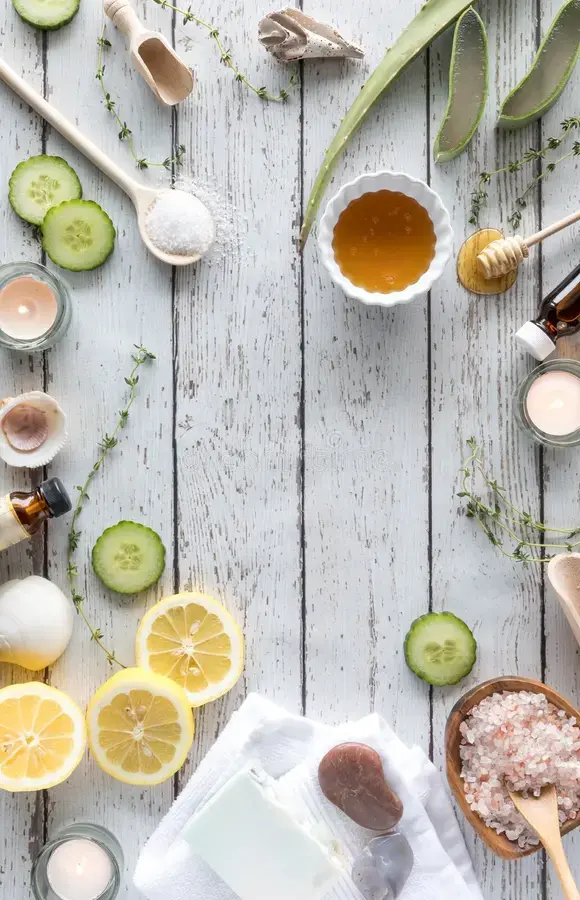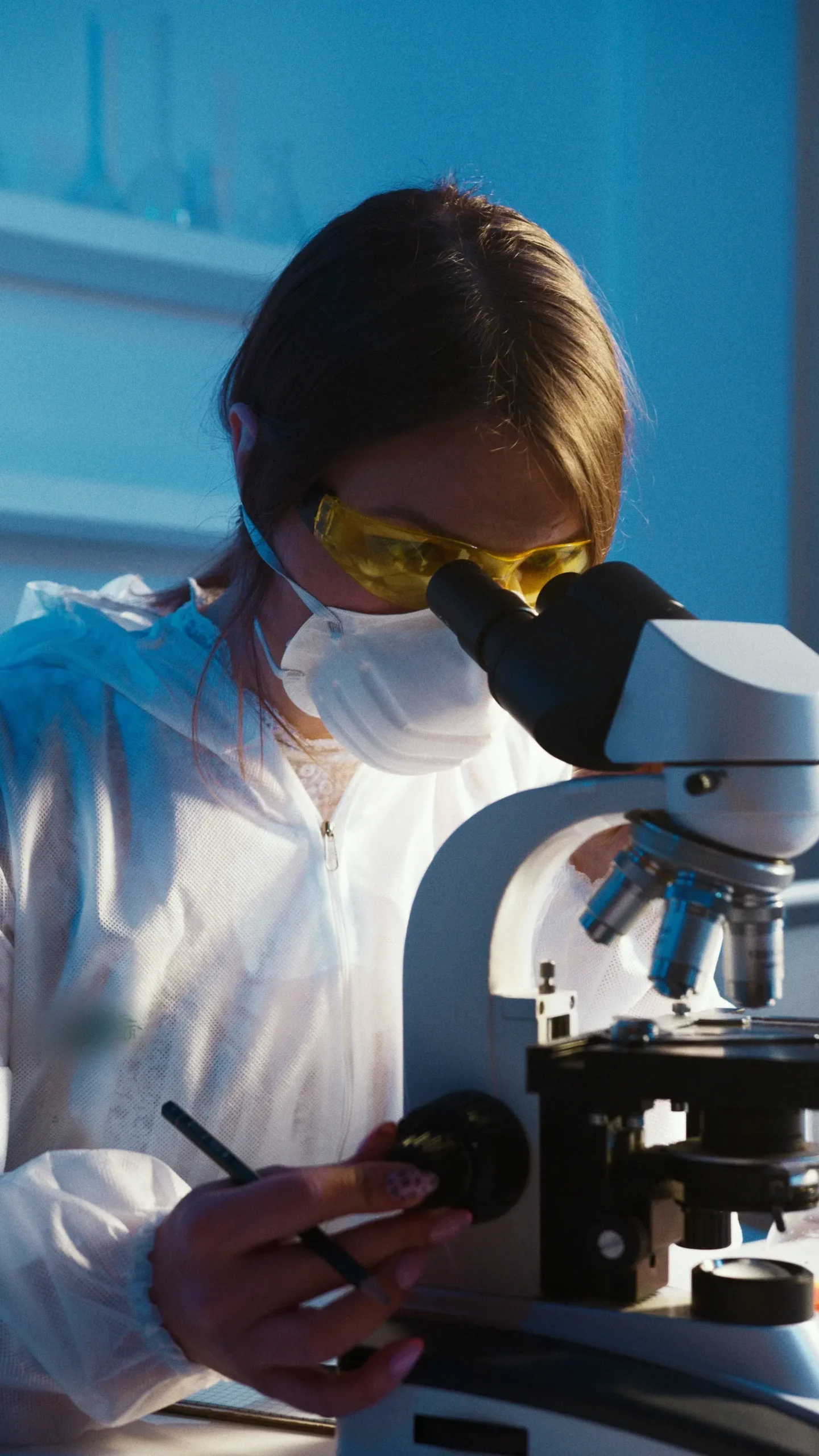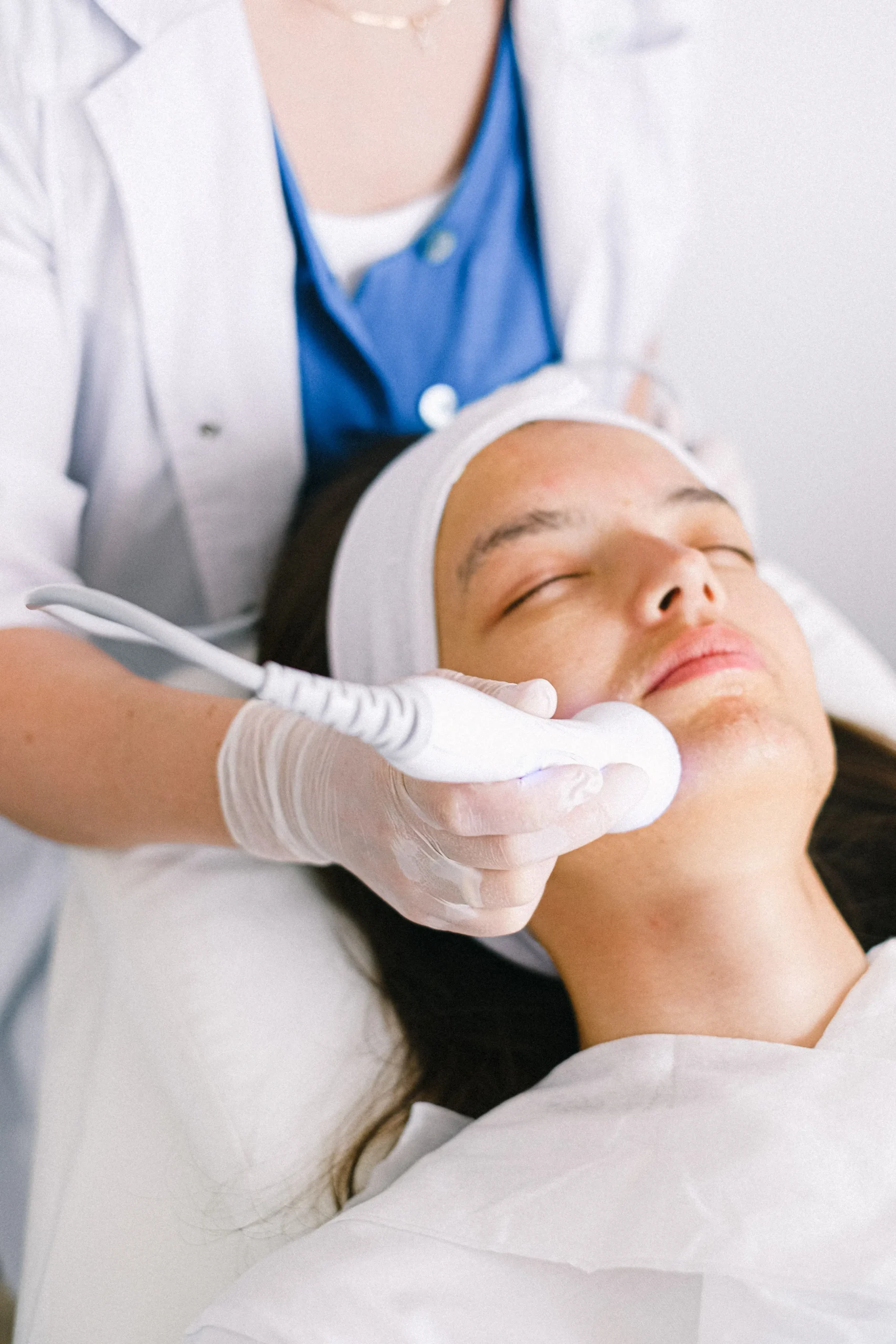Osteoporosis
Throughout life, bone density is maintained by a constant cycle of bone formation and breakdown (called resorption). Until age 30 or 35, bone formation dominates. For a while after that, bone formation and resorption are equal, however bone loss eventually outpaces bone building. Osteoporosis is a disease that occurs when bone mass declines severely, leading to a loss in height as well as an increased susceptibility to fractures— even from the slightest trauma. The most common fracture sites are usually those areas receiving the greatest use and abuse, such as the spine, pelvis and femoral neck (above). Calcium, vitamin D and hormones (especially estrogen) work together to build and maintain bone mass. After menopause, women are at particular risk of developing osteoporosis because estrogen production declines. In addition, women tend to have less bone mass than men to begin with. Bone-density tests can reveal your personal risk of suffering from Osteoporosis.
SOURCES OF CALCIUM
If there isn’t enough calcium in your diet, your body will “steal” it from the bones to serve the heart and muscles. Over time, this can result in porous, fragile bones. Calcium is found in dairy f products, such as yogurt, milk and cheese. Nondairy sources include almonds, leafy greens, calcium-fortified soy, rice milk, orange juice and canned sardines eaten with the bones. Calcium supplements can make up for shortfalls in your diet.
Osteoporosis
What You Can Do: To help minimize bone loss, consume 1,200-1,500 mg. of calcium and 400 IU of vitamin D every day. Weight-bearing exercise is also important. Smokers should quit, because somking increases osteoporosis risk. Homeopathic remedies (right) may help to strengthen bones. If you have osteoporosis, beat treatments can alleviate the pain.
🙤 Exercise builds bone
Weight-bearing exercise can help build bone density as well as prevent bone loss. A brisk 30-minute walk five days a week is a good prescription to keep your bones healthy. To receive greater benefits, add weight lifting to your exercise routine-even using light weights is beneficial. If you already have osteoporosis, make sure you check with your doctor before starting an exercise program.
🙤 Heat loosens muscles
Heat treatments-hot baths, whirlpool baths and moist-heat application-soothe the muscle spasms and pain caused by osteoporosis.
🙤 Frequent dieting increases osteoporosis risk
People who diet frequently may not be getting all the bone-building nutrients they need. Over time, this can increase the risk of the disease. In addition, women who are excessively thin are more likely to develop the disease.
🙤 Vitamin D aids calcium absorption
Vitamin D is naturally produced in the skin in response to sunlight, so most people have an adequate supply. However, to be sure your vitamin D status is adequate, experts suggest getting 400 IU per day from food (fortified milk and some fish). In some cases, doctors may also recommend Vitamin D supplements
Extra Tip
In traditional medicine, hormone replacement therapy (HRT) is often prescribed for postmenopausal women to reduce osteoporosis risk. If you are using HRT, take a supplement that contains zinc. HRT reduces the levels of zinc in the bodly, which is needed for calcium absorption.
✽ Lady's Mantel Tea ✽
♦ Women are 4 times more likely to suffer from osteoporosis than men, primarily because their bone loss is accelerated by menopause. Regular consumption of a tea made from lady’s mantle helps to maintain estrogen production and regulate its effects on the body. Pour a generous cup of boiling water over 3-4 tsp. of the dried plant. Steep for 10 min., and then strain. Drink 2-3 cups each day.
✽ Homeopathic Remedies ✽
◆ Calcarea phosphoricum
This remedy promotes the absorption of calcium by the bones. It is particularly suitable for slender or small-boned people. The most common recommended dosage is to take two 6X tablets three times daily.
◆ Silicea
This is an important remedy to improve bone structure, but to be effective, it must be used over several months or even years. Take three 12X tablets daily in the evenings. Taking Silicea with Calcarea phosphoricum works especially well.
✽Sparing the Spine ✽
♦ Because the vertebrae are vulnerable to osteoporosis, it is important to protect them. Paying attention to how you move and not overburdening your spine may prevent a fracture. For instance, be sure not to lift more than you can carry comfortably. When picking up heavy objects-even bags of groceries- squat and use your leg muscles, not your back muscles, to lift the weight.
✽Helper Minerals ✽
♦ Though less important to maintaining strong bones than calcium and vitamin D, fluoride, silicon and magnesium also promote bone health. While most tap water is fluoridated, bottled water is not. Thus, eat black and green teas, nuts, soybeans and fish for a regular fluoride intake. A balanced diet will also supply enough silicon and magnesium. Ask your doctor if fluoride supplements are needed.
Extra Tip
In traditional medicine, hormone replacement therapy (HRT) is often prescribed for postmenopausal women to reduce osteoporosis risk. If you are using HRT, take a supplement that contains zinc. HRT reduces the levels of zinc in the bodly, which is needed for calcium absorption.
